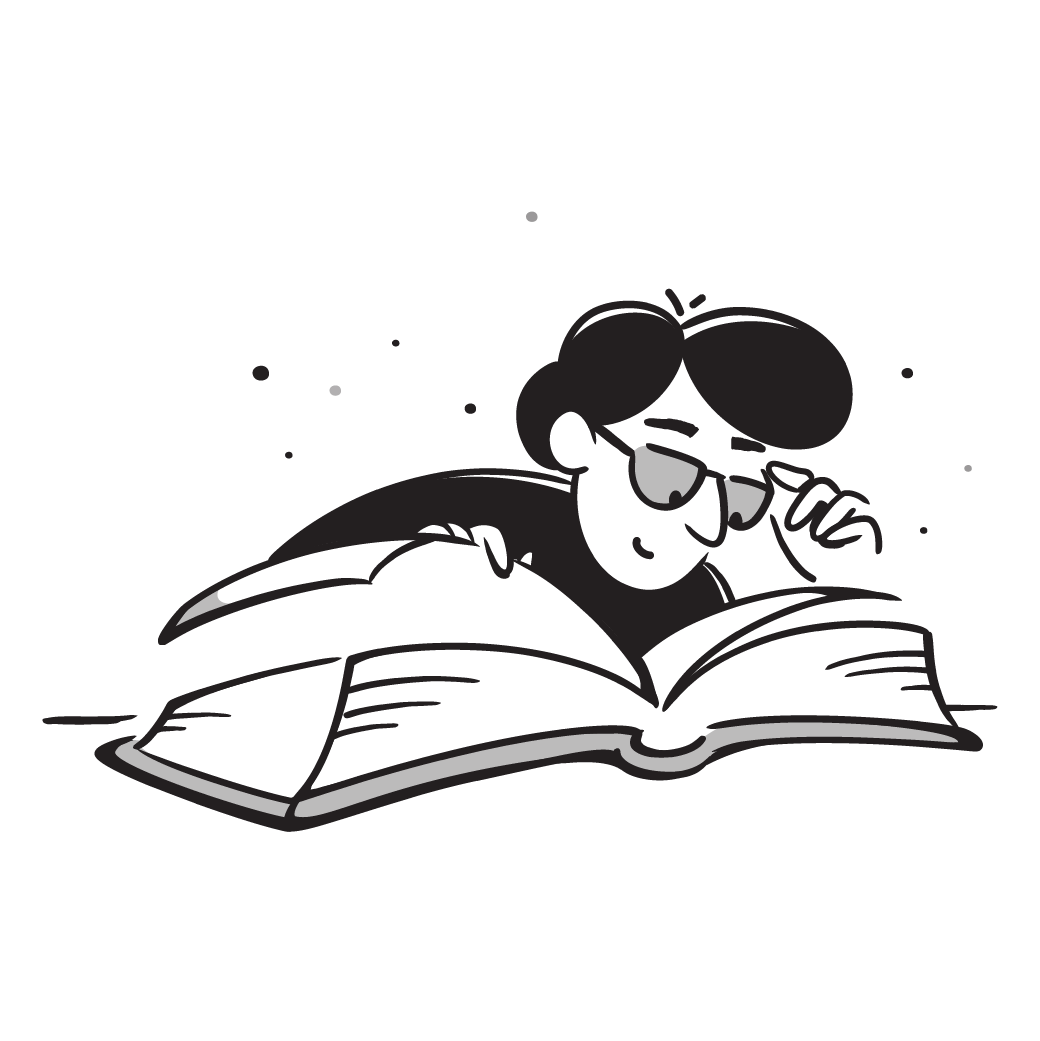
Mastering Citation Methods
Familiarize your students with different citation conventions and have them practice them.
58 other teachers use this template
Target group and level
students
Subjects
Mastering Citation Methods

Here is an overview of different citation styles
Match the method with the correct citation
Citing different types of sources
Citing sources accurately is crucial in academic writing, as it allows readers to trace the origin of information, gives credit to original authors, and helps avoid plagiarism. Different media types have distinct citation formats. Below are guidelines and examples for citing various media in the field of history.
Books
Format:
Author(s). Title of Book. Publisher, Year of Publication.
Example:
McPherson, James M. Battle Cry of Freedom: The Civil War Era. Oxford University Press, 1988.
Journal Articles
Format:
Author(s). "Title of Article." Title of Journal, vol. Volume Number, no. Issue Number, Year, pages.
Example:
Foner, Eric. "Reconstruction Revisited." Reviews in American History, vol. 10, no. 4, 1982, pp. 82-100.
Websites
Format:
Author(s). "Title of Web Page." Name of Website, Publisher (if applicable), Date of Publication, URL. Accessed Date.
Example:
Lepore, Jill. "The Secret History of Wonder Woman." The New Yorker, Condé Nast, 13 Oct. 2014, www.newyorker.com/magazine/2014/10/27/secret-history-wonder-woman. Accessed 5 Sept. 2023.
Newspaper Articles
Format:
Author(s). "Title of Article." Title of Newspaper, Date of Publication, pages (if available).
Example:
Applebaum, Anne. "A New History of the Spanish Civil War." The Washington Post, 12 May 2019, p. A23.
Edited Volumes
Format:
Author(s) of Chapter. "Title of Chapter." Title of Book, edited by Editor(s), Publisher, Year, pages.
Example:
Brundage, W. Fitzhugh. "The Southern Past: A Clash of Race and Memory." Slavery and Public History: The Tough Stuff of American Memory, edited by James Oliver Horton and Lois E. Horton, The New Press, 2006, pp. 151-174.
Primary Sources (Letters, Diaries)
Format:
Author. "Title of Document." Title of Collection, edited by Editor(s), Publisher, Year, pages.
Example:
Lincoln, Abraham. "Letter to Joshua Speed, August 24, 1855." The Collected Works of Abraham Lincoln, edited by Roy P. Basler, Rutgers University Press, 1953, vol. 2, pp. 317-319.
Films and Documentaries
Format:
Title of Film. Directed by Director's Name, performances by Performers' Names, Production Company, Year of Release.
Example:
The Civil War. Directed by Ken Burns, performances by David McCullough, Sam Waterston, and Jason Robards, PBS, 1990.
Online Videos
Format:
Author or Creator. "Title of Video." Website, uploaded by Uploader (if different), Date of Upload, URL. Accessed Date.
Example:
CrashCourse. "The French Revolution: Crash Course World History #29." YouTube, uploaded by CrashCourse, 10 Aug. 2012, www.youtube.com/watch?v=lTTvKwCylFY. Accessed 5 Sept. 2023.
Archival Materials
Format:
Author. "Title of Document." Date of Document. Name of Collection, Name of Repository, Location.
Example:
King, Martin Luther Jr. "Letter from Birmingham Jail." 16 Apr. 1963. Martin Luther King Jr. Papers, King Center, Atlanta.
By adhering to the appropriate citation formats for different media, historians can ensure that their work maintains academic integrity and provides a reliable resource for future research.
Turn the information into the correct citation.
Reflect
Writing a bibliography
Creating a bibliography in academic writing involves compiling a list of all sources you have referenced in your work. This list is typically placed at the end of your document and provides full details of each source to enable readers to locate them.
When arranging the different types of sources in your bibliography, it is important to follow a specific order. Generally, all sources should be organized alphabetically by the last name of the first author or by the title if no author is available. There is no need to separate different types of sources; books, articles, websites, and videos should all be listed together in one integrated list.
For each entry, ensure you include all necessary information such as author names, publication dates, titles, and publishers or URLs. The format and details required can vary depending on the citation style (e.g., APA, MLA, Chicago), so be sure to consult the specific guidelines for the style you are using.
By carefully compiling and organizing your bibliography, you provide a clear and professional reference list that enhances the credibility of your academic writing.